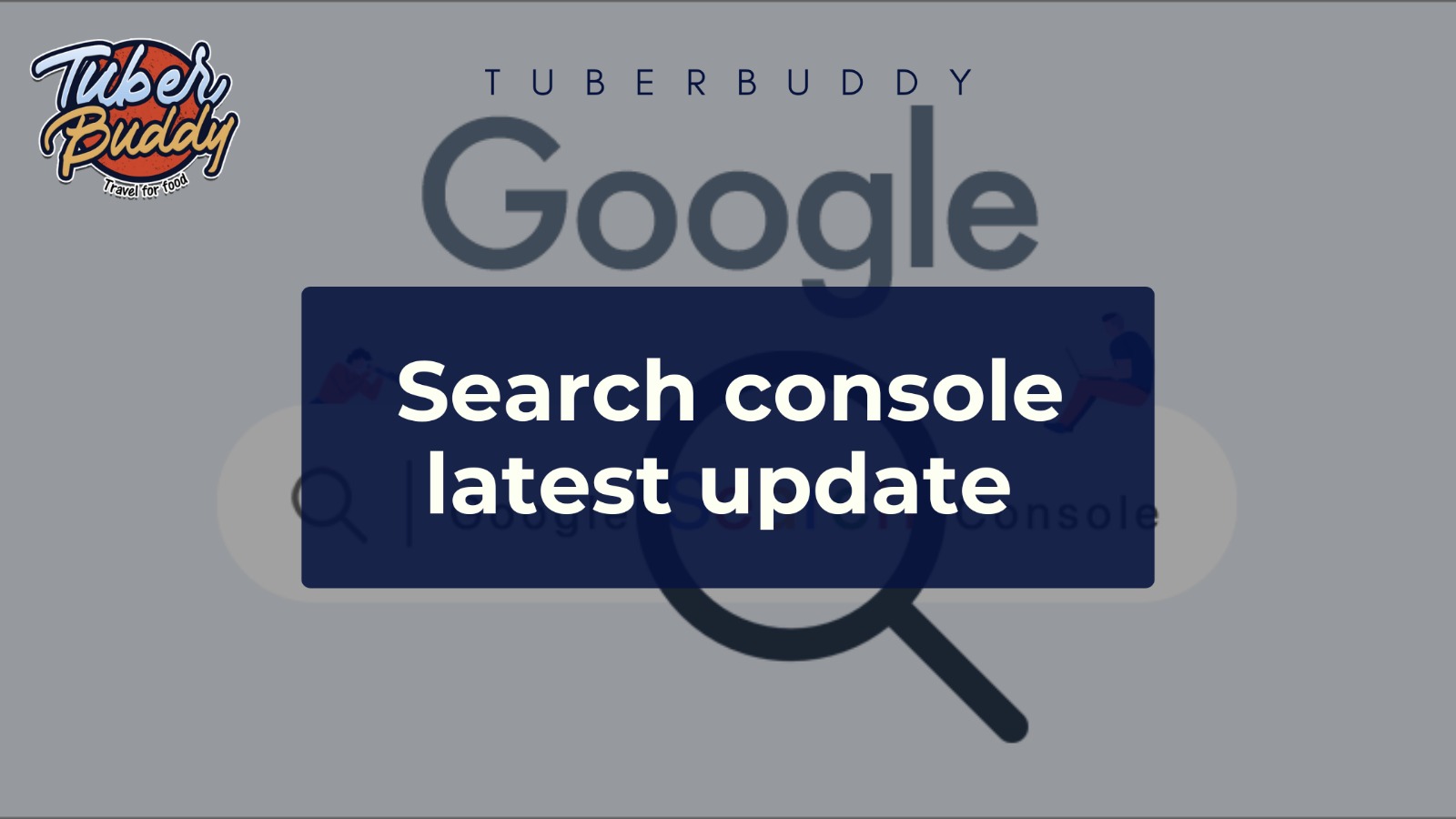Understanding Google Search Console’s Latest Page Experience Update

Google has always emphasized user experience (UX) as a cornerstone of website performance. In its latest update to Search Console, the Page Experience report has undergone significant changes. This transformation marks a shift in how Google evaluates and communicates page experience metrics, integrating these aspects into a broader framework that prioritizes overall content quality. Here’s an in-depth look at the changes and their implications for webmasters, SEOs, and digital marketers.
Key Updates to Page Experience Reporting
Removal of the Page Experience Report Google has officially retired the dedicated Page Experience report. This tool, which once consolidated Core Web Vitals (CWV), mobile usability, HTTPS, and other factors, is no longer accessible. Instead, Google encourages users to approach page experience as a broader concept rather than isolating specific metrics.
Discontinuation of the ‘Good Page Experience’ Filter The “Good page experience” filter, used in the Performance Report to segment data, has been removed. Webmasters can no longer isolate traffic based on pages meeting all the specified experience criteria. This change also affects the Search Console API, with Google providing a 180-day transition period for developers and users to adjust.
Revamped Overview Search Console’s overview page has been updated with new links and resources. This redesign aims to guide users on how to integrate page experience improvements into their broader SEO strategies. The emphasis is now on creating engaging, high-quality content while maintaining a technically sound website.
Broader Perspective on UX Google has clarified that while Core Web Vitals and HTTPS remain important, they are just a part of the equation. Other factors, such as relevant content, intuitive design, and site usability, are equally important in delivering an excellent user experience.
What This Means for Website Owners
This update signals Google’s continued push toward content-first optimization. While technical elements like page load speed and interactivity still matter, they no longer hold a standalone position in performance metrics. The integration of page experience into the larger content quality framework reflects how Google prioritizes user satisfaction.
Implications:
- Holistic SEO Focus: Website owners need to balance technical and content-related optimizations. A fast-loading site alone won’t rank well without relevant and engaging content.
- Shift in Reporting: The absence of a dedicated Page Experience report means site owners must now rely on other tools or a manual review to assess user experience metrics.
- Core Web Vitals Are Still Key: While less prominent in reporting, metrics like Largest Contentful Paint (LCP), First Input Delay (FID), and Cumulative Layout Shift (CLS) remain critical for providing smooth interactions.
Actionable Steps to Adapt to the Update
Focus on Content Quality
- Ensure that your content is relevant, unique, and targeted to meet the needs of your audience.
- Integrate user-intent-focused keywords to improve search visibility and engagement.
Audit Core Web Vitals
- Use third-party tools like Lighthouse or PageSpeed Insights to monitor your site’s Core Web Vitals performance.
- Optimize images, scripts, and server responses to improve LCP.
- Reduce latency to enhance FID.
Implement Responsive Design
- Test your site’s usability on different devices and screen sizes.
- Leverage mobile-first indexing by ensuring your mobile version delivers an equally good experience as the desktop version.
Strengthen HTTPS and Security
- All pages should be served over HTTPS to ensure data privacy and security.
- Regularly renew SSL certificates and address browser warnings.
Stay Informed
- Keep up with Google’s evolving guidelines and updates via official announcements and reputable SEO news sources.
Why the Update Matters
Google’s realignment reflects a more human-centric approach to ranking websites. By downplaying segmented UX metrics and emphasizing overall site quality, Google pushes website owners to think like their audience. Instead of chasing individual scores, the focus shifts to understanding how users interact with the site and ensuring their needs are met.
This evolution aligns with Google’s broader algorithmic updates, which frequently underscore the importance of E-E-A-T principles (Experience, Expertise, Authority, and Trustworthiness). As competition grows in the digital space, sites that consistently deliver value to users will stand out.
Conclusion
The latest Search Console update redefines how website owners evaluate user experience. By merging page experience insights with overall content quality, Google aims to provide a more comprehensive framework for ranking websites. To stay ahead, webmasters must embrace a content-driven, user-first approach while not losing sight of technical fundamentals. Adapting to these changes will ensure your site remains competitive in search rankings, offering users the best possible experience. If you want anything related Digital marketing service in chennai contact Sage Gfx, they provide best services.
For a deeper dive into these updates, you can explore the official Google Search Central blog.




